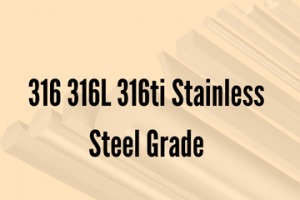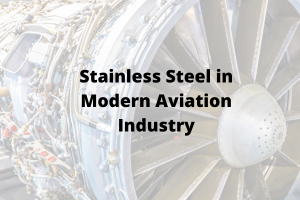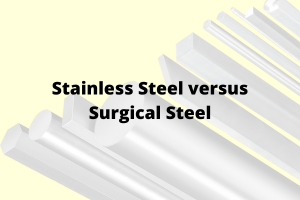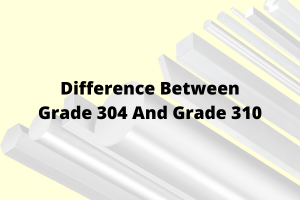When it comes to stainless steel selecting the right grade and quality of the steel can make a big difference in the performance and durability of your project. There are two main popular stainless-steel grades, 304 and 310/s are often set side by side due to their clear-cut characteristics. Let’s delve into the difference between these two grades of stainless steel in terms of chemical composition, mechanical properties, applications and costs.
304 vs 310/S CHEMICAL COMPOSITION DIFFERENCE
CHEMICAL COMPOSITION of Grade 304:
304 Stainless steel contains a Minimum of 18% chromium and 8% nickel and it is known for its excellent corrosion resistance. It is suitable for various uses of applications, including food processing and architectural projects.
- Carbon, C – .08%
- Manganese, Mn – 2%
- Silicon, Si – .75%
- Phosphorus, P – .045%
- Sulfur, S – .03%
- Chromium, Cr – 18-20%
- Nickel, Ni – 8 – 10.5%
- Nitrogen, N – .10%
CHEMICAL COMPOSITION of Grade 310/s:
310/s Stainless steel contains a higher percentage of chromium and nickel compared to 304. This grade offers superior oxidant resistance at high temperatures. It is suitable for applications involving elevated temperatures, such as furnace parts and heat treatment equipment
- Carbon, C – 0.25 max
- Manganese, Mn – 2.00 max
- Silicon, Si – 1.50 max
- Phosphorus, p – 0.045 max
- Sulphur, S – 0.030 max
- Chromium, Cr – 24.00 – 26.00
- Nickel, Ni – 19.00 – 22.00
304 vs 310/S MECHANICAL PROPERTIES DIFFERENCE
MECHANICAL PROPERTIES of Grade 304:
- 304 stainless steels have less adjustable strength when compared to 310/S
- 304 stainless steels are very good in blending and have excellent originality.
- Commonly used for decorative items and common manufacturing purposes.
MECHANICAL PROPERTIES of Grade 310/S:
- Exhibits higher elastic strength and harder elasticity than 304
- Better resistance to high-temperature corrosion and oxidation
- Widely used in industrial heaters, kilns, and other high-temperature environments
304 vs 310/S APPLICATIONS DIFFERENCE
Applications of Grade 304 Stainless Steel:
- Be more partial for applications requiring excellent corrosion resistance
- Mostly used in the manufacturing of kitchen equipment, sinks, and automotive parts
- Shows an attractive finish
Applications of Grade 310/S Stainless Steel:
- Used in high-temperature applications due to its heat resistance
- Commonly found in the production of furnace components, heat exchangers, and combustion chambers
- Delivers reliable performance in extreme heat conditions
304 vs 310/S COST DIFFERENCE
Cost of Grade 304 Stainless Steel:
- Low cost than 310/S stainless steel
- Profitable solution for industries with lower temperature needs.
- Provides a determination between performance and price
Cost of Grade 310/S Stainless Steel:
- Probable to be a higher price than 304 due to its higher nickel and chromium content
- Suggested for applications which need high-temperature stability
- Provides long-term stability in extreme heat environments
In conclusion, the choice between 304 and 310/S stainless steel depends on the unique requirements and demands of the project you select. While 304 is flexible and profitable with excellent corrosion resistance, 310/S shines in high-temperature applications with dominating oxidation resistance. Considering the application, environmental conditions, and cost-effectiveness decide the most acceptable stainless-steel grade for your project. Knowing the exact difference between stainless steel 304 and 310/s can help anyone to make exact decisions in industrial applications that will increase the lifetime, planning and profitability.




